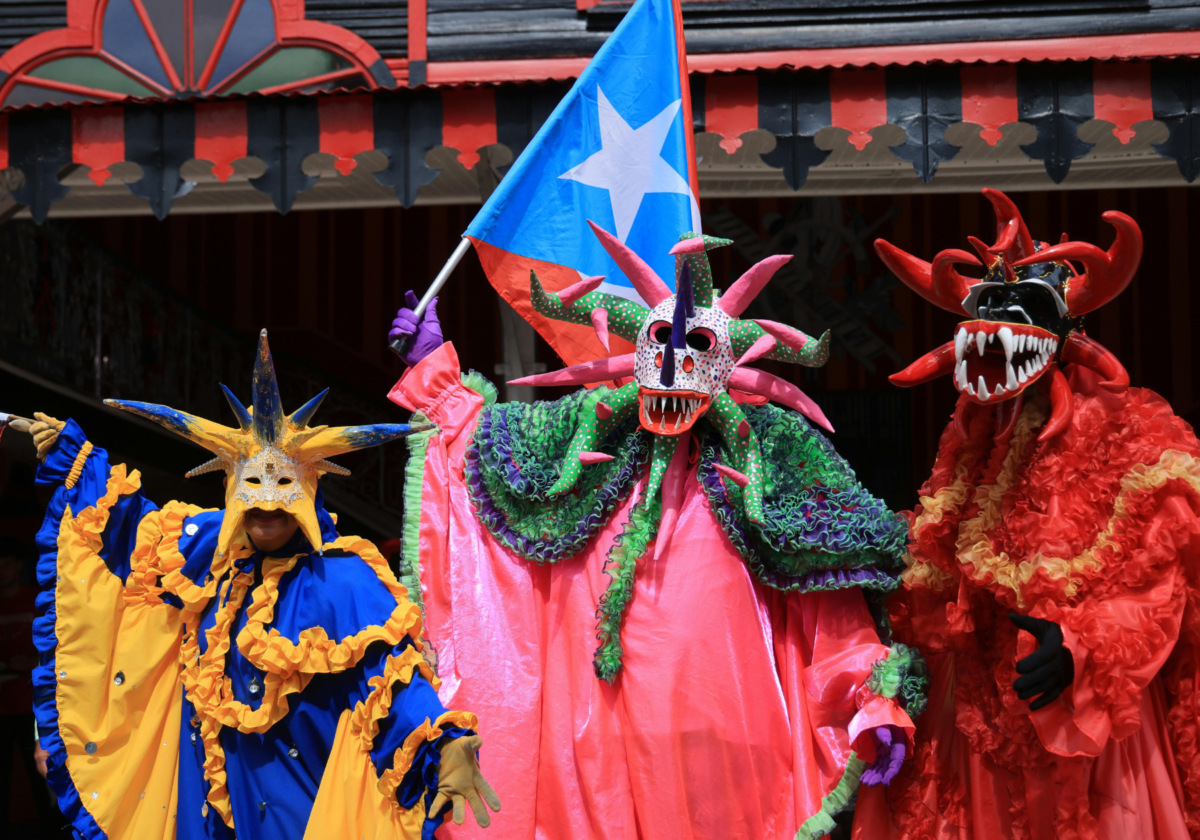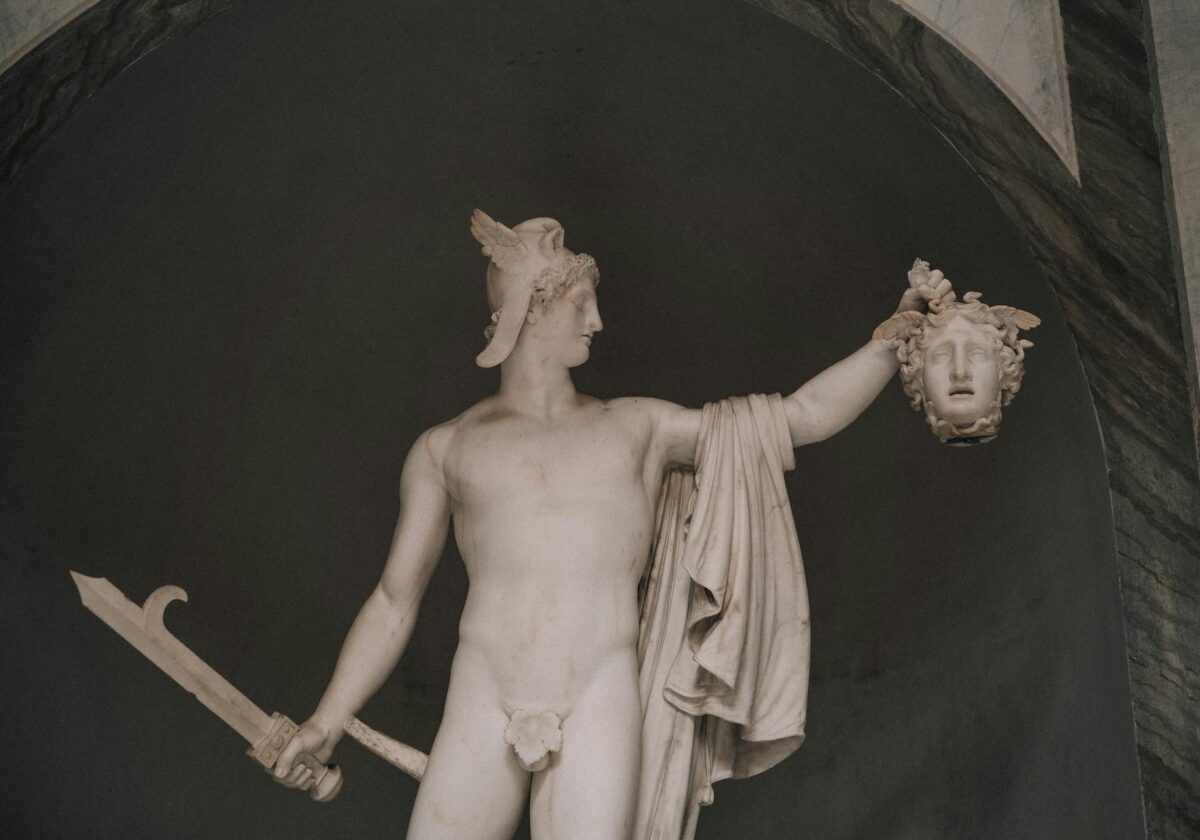Isabel Allende’s first novel since 2006 titled, La Isla Bajo El Mar (The Island Below the Sea) published in Spanish first debuts this month. Vintage Español brings us this novel – the story of a slave fighting to win her freedom in 18th century Santo Domingo. No word yet on when the English edition will be available…
Allende Articulates Her “Obsession” with Freedom in New Novel
BOGOTA – Chilean-American writer Isabel Allende said in an interview published Friday in the online edition of Colombian daily El Tiempo that her new novel, which features a female slave as protagonist, articulates her “obsession” with freedom.
“My life is marked by my obsession with freedom … All forms of oppression and injustice affect me personally and slavery, of course, is the most extreme form. I had to write this book. I think Zarite, the protagonist, was made from my own rib,” said Allende, the author of “The House of the Spirits” and one of the world’s most widely read Latin American authors.
While writing her novel “El Zorro” (Zorro) in 2005, Allende said Zarite (Tete), the female slave who is the main character of her new work – titled “La isla bajo el mar” (The Island Below the Sea) – “came to her” in the U.S. city of New Orleans.
“New Orleans at the beginning of the 1800s received a large number of French immigrants who fled the 1791-1804 slave revolt in the colony of Saint-Domingue, which today is Haiti,” said the writer, who currently lives in California.Upon further investigation, Allende said she felt the need to articulate the cruelty that occurred in that Caribbean colony, which received 30,000 slaves annually.
“She embodies freedom of the spirit, a force as powerful as a hurricane,” the writer said of Tete, who in the novel is sold as a young girl by Madame Delphine to Violette to be the servant of her lover, French landowner Toulouse Valmorain.
According to Allende, “the worst form of slavery” in Latin America “occurred in Saint-Domingue, where there were 34,000 free people and a half-million slaves.”
“The idea the planters had was to work their slaves to death; if they lasted four or five years they were satisfied because it was more profitable to replace them with fresh meat from Africa,” she said.
“Despite all that, Haiti was the first independent republic in the Americas (after the United States). The Haitian people are friendly, creative, wonderful; it’s a tragedy that that country is ruined,” the author said of the poorest nation in the Western Hemisphere.
Allende added that people should not forget that “slavery still exists, although there are attempts to hide it. They still sell people, especially women and children. They’re invisible beings.”The worldwide release of “La isla bajo el mar” is scheduled for Aug. 20.
Via EFE







Their tunics are created to get a flowing , simple look, however are fitted under the bust fake dior to offer form to an outfit, to stop it looking 'tent' like. Tunics rest perfectly over Culottes and give a stylish yet casual look, that seems graceful and individual. The Masai tunics come In either heavy or light weight fake louis vuitton bags the two are ideal to work with the 3rd key look the jacket . In the first instance – a good pair of trousers. The design that Masai typically like are three quarters fake hublot watches design in either the straight or full length look. The trousers or Culottes as they name them are the ideal style for making a layered style. They work ideally with boots in the winter or even a flat louis vuitton outlet or ankle boot while the weather is still mild. They are an excellent length to break up the body and add layers from the bottom up. Fall and winter wallet showers are not as popular as spring fake chanel, but there are still many babies born in the fall and winter months each year. The 2nd important look is a tunic or long length top to layer over the culottes. This is once more a place where Masai shine..
the choice of the Roles immediately replica watchespost its physical evaluation by their watchmaking team. What’s more, in case of a non-agreement on price or change of decision,rolex replica authentic auctioneers will also return the timepiece to you at their cost. The final verdict should always lie with you since it is, after all, your most desired first Rolex watch!